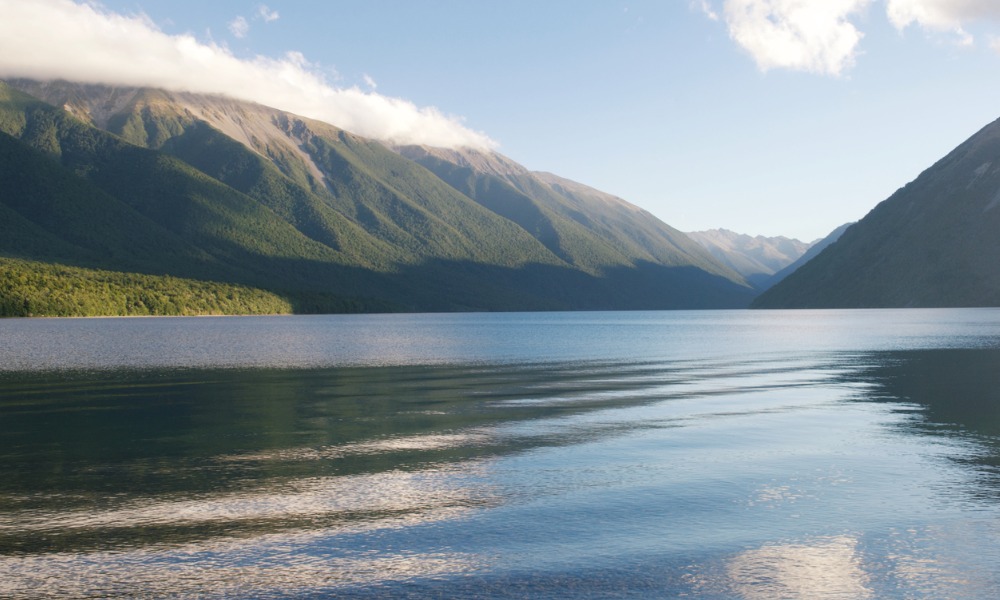
Call follows release of research indicating nitrate contamination levels of drinking water in

The Green Party has called on the government to implement stronger freshwater regulations following the release of Greenpeace’s interactive map which indicated nitrate contamination levels of drinking water across New Zealand.
“The research released today shows just how disastrous the new government’s plan to roll back freshwater protections would be, particularly for rural communities,” said Lan Pham, Green Party MP.
“Everyone should be able to swim in and take kai from clean, healthy rivers and drink water without fear of becoming sick. But right now, the health of our rivers, lakes, and aquifers is declining,” she said further.
Pham stated that waterways suffered nitrate pollution due to intensified agriculture, sedimentation from forestry and urban subdivision activities as well as irrigators that took too much water from rivers and aquifers. Many people all over New Zealand may be unaware of their exposure to hazardous level of nitrate, with great emphasis on those living in rural areas.
“Intensive farming, including the use of synthetic fertilisers, poor land use controls on earthworks for urban subdivision and poor stormwater management continue to be major causes of water pollution,” said Pham.
The government made moves in creating the National Environmental Standards for Freshwater and strengthening the National Policy Statement on Freshwater Management in 2020 which posed clear standards about limiting nitrate pollution.
“Replacing environmental protections to appease agribusiness would be disastrous for the state of freshwater in Aotearoa,” said Pham.
The Green Party is set to continue urging the government to phase out the use of synthetic fertiliser, implement intensive rules concerning winter grazing, and increase the support for regenerative organic farming practices in order to reduce nutrient pollution and sediment run-off.
Greenpeace’s recently released Know Your Nitrate map allows users to see the local nitrate contamination levels of regions which was a culmination of two years of its free nitrate testing programme.